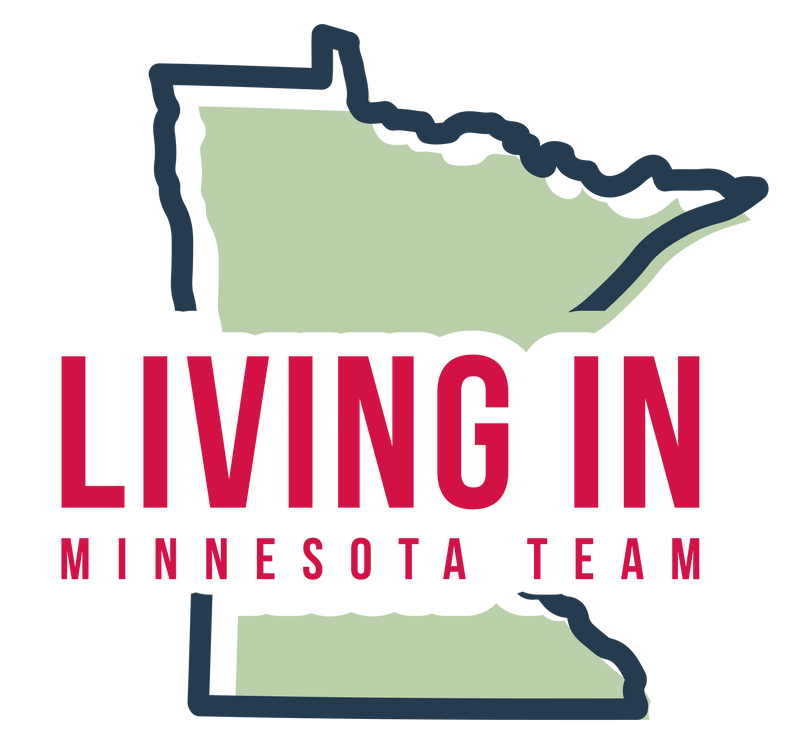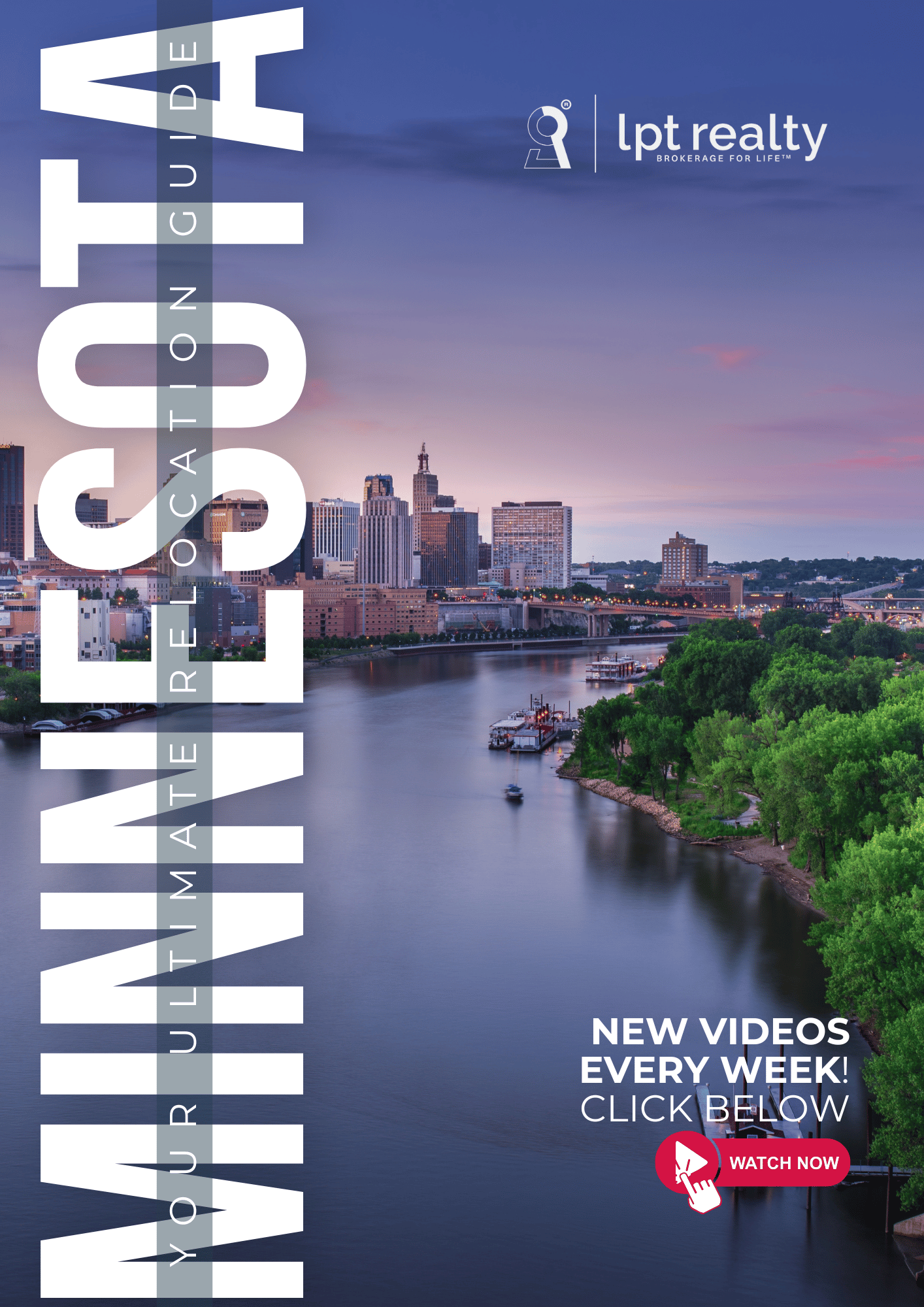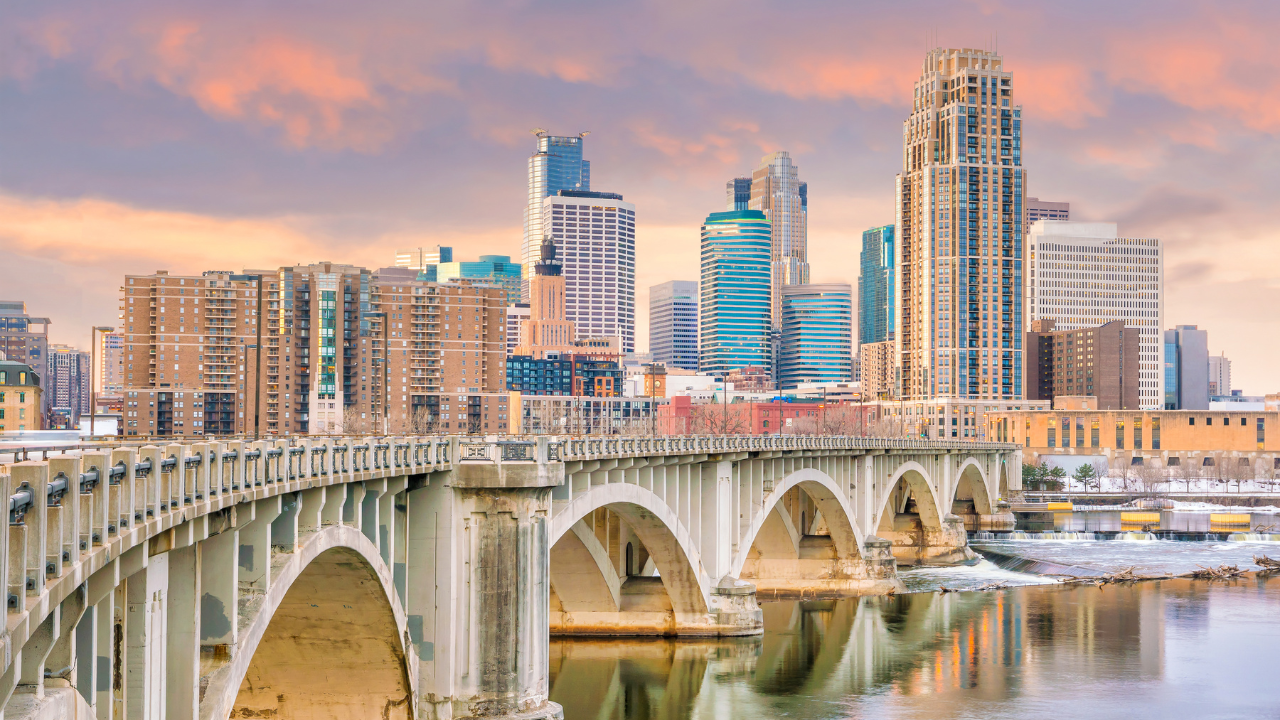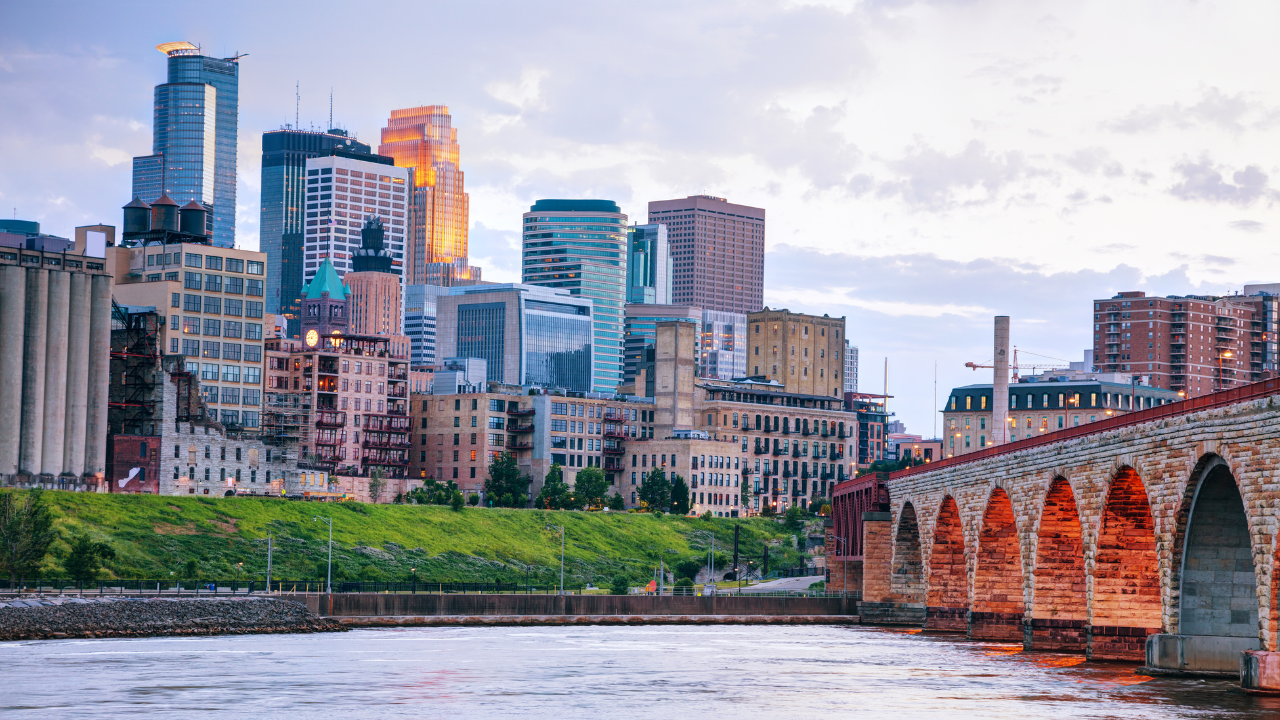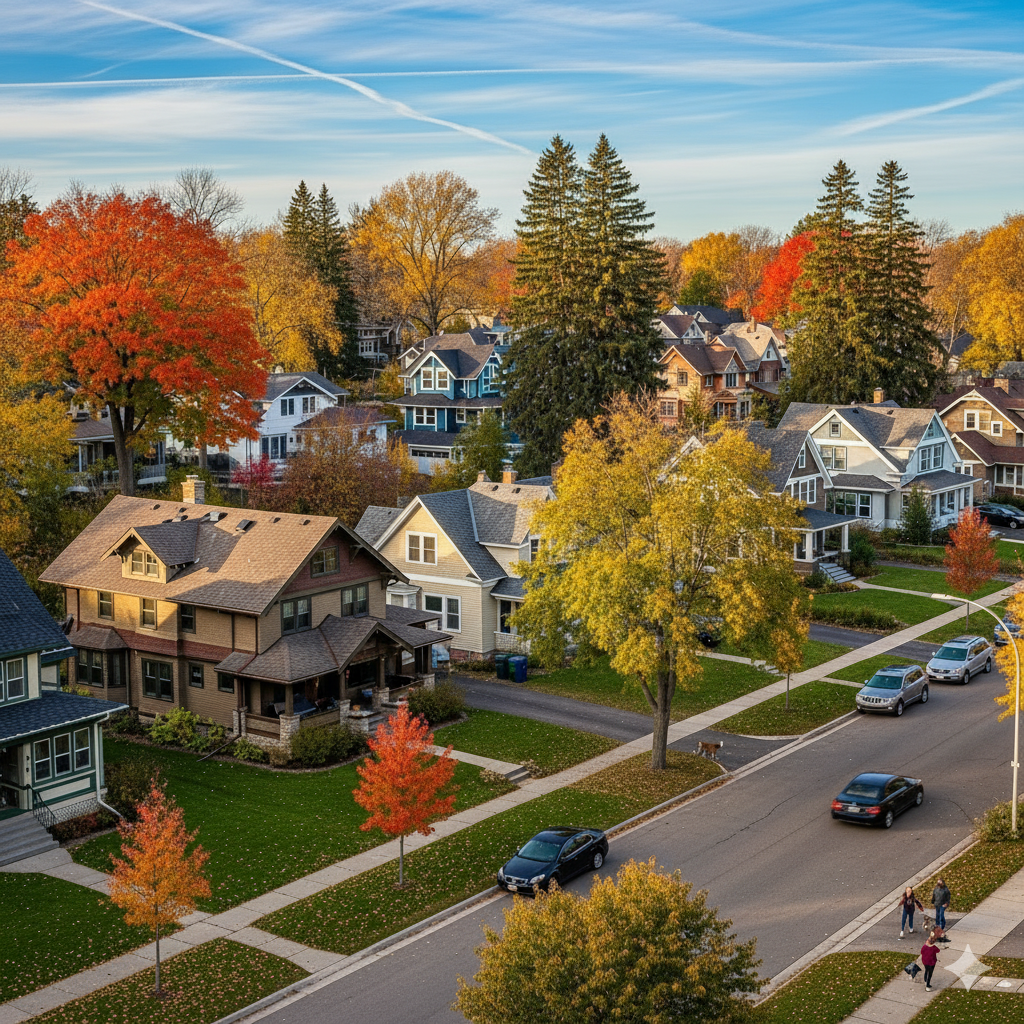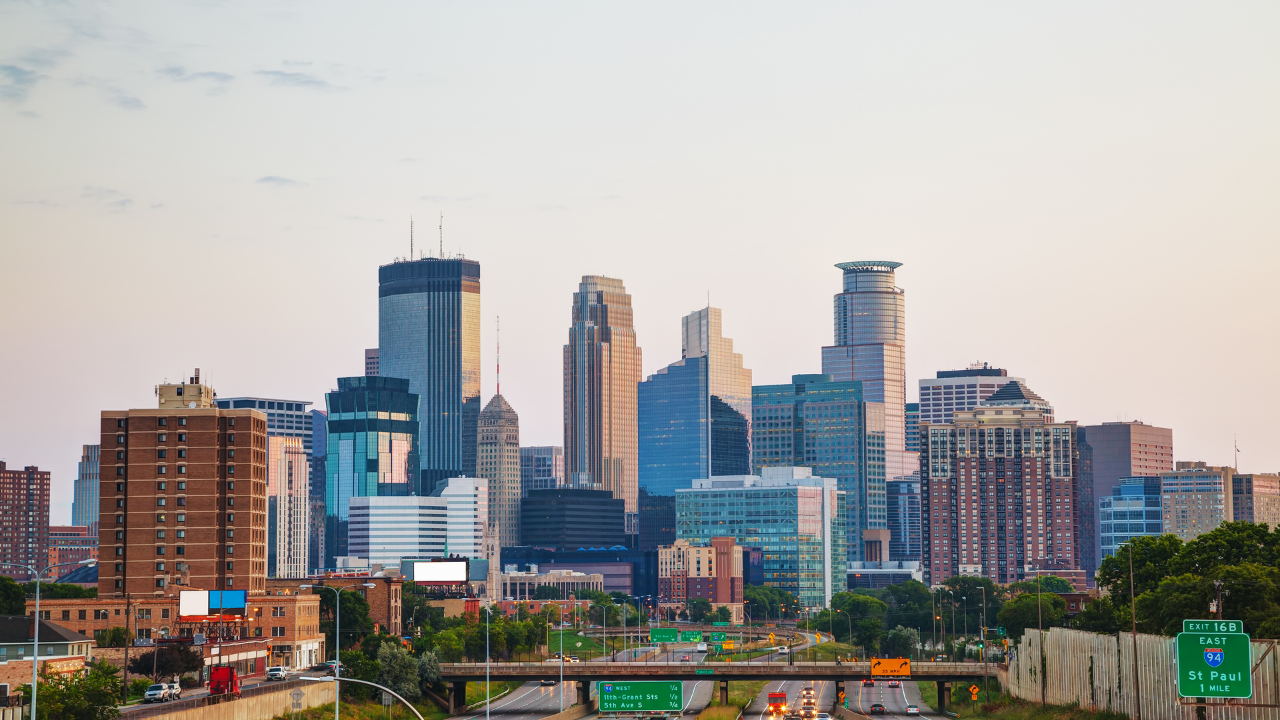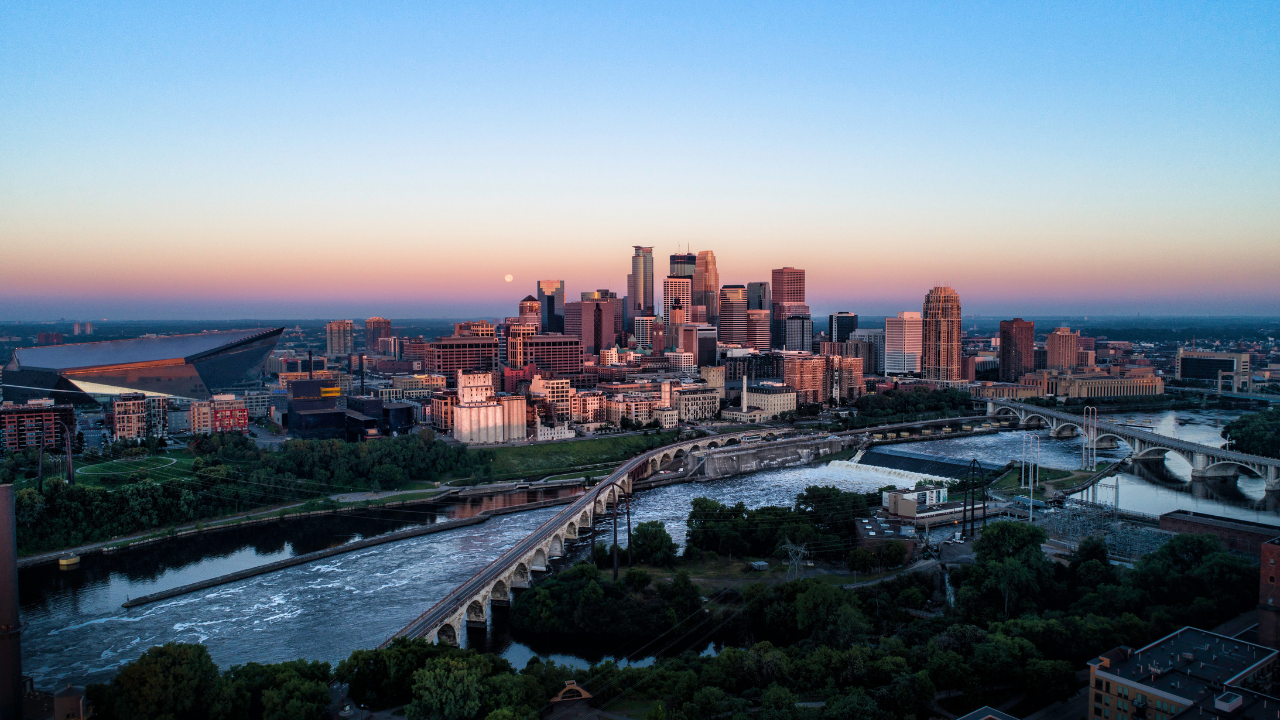5 Fastest Growing Cities in Minnesota for 2025
In this article I break down the 5 fastest growing cities in Minnesota for 2025 — where growth is happening, why people are relocating there, and what the market looks like right now. If you're thinking about moving to the Twin Cities metro, these communities are worth a close look before prices and inventory change further.
Table of Contents
- Why These Minnesota Cities Are Growing So Fast in 2025
- The 5 Fastest Growing Cities in Minnesota to Watch
- How to Choose the Right Minnesota City for Your Lifestyle
- Next Steps if You’re Considering Moving to Minnesota in 2025
- FAQs About the Fastest Growing Cities in Minnesota
Why These Minnesota Cities Are Growing So Fast in 2025
After 2020 a lot changed: remote work became more common and people started prioritizing space and quality of life over being right next to the office. Home offices, larger yards, and more living space suddenly mattered more than a short commute, and many buyers realized they could get more square footage and better schools for their money by moving a little farther out. Builders and developers responded quickly — platted lots, new subdivisions, townhome projects, and multifamily complexes have been rolling out across the metro’s outer ring, and retail centers, restaurants, and parks have followed to support the growing populations. Local governments have also adjusted zoning and invested in roads, utilities, and other infrastructure to accommodate that growth, which in turn makes these suburbs even more attractive to families and young professionals. On the ground I’m seeing more model homes, community amenities, and small downtown redevelopments than in previous years, and that activity is concentrating demand in specific corridors. Taken together, these forces are fueling some of the fastest population and housing growth in the metro — shifting where inventory is available, where prices are rising fastest, and how communities plan for the next decade.
The 5 Fastest Growing Cities in Minnesota to Watch
Woodbury
Population: ~80,000 (seventh largest in Minnesota). Location: east metro near the Wisconsin border — about 25 minutes to downtown Minneapolis, 15 minutes to St. Paul, and ~17 minutes to MSP airport.
Why it’s growing: large amounts of undeveloped land with many new-construction neighborhoods. Woodbury feels like the Maple Grove of the east — family-focused, full retail options, restaurants, and even an outlet mall.
Market snapshot: home sales rose ~21% year-over-year (versus ~14% for the metro). New construction made up about 38% of sold homes. Median sales price (Dec 2024): $456,000 — up ~10% from Dec 2023.
Lakeville
Population: ~76,000. Location: southeast edge of the metro, roughly 30 minutes to Minneapolis and 24 minutes to the airport.
Why it’s growing: Lakeville led metro population growth from 2020–2023, pushed by housing development and remote work trends. It still has room to expand and is projected to approach ~90,000 people by 2025.
Market snapshot: growth across single-family, townhome, and multifamily housing. Median sales price (Dec 2024): $505,000 — up ~7.4% year-over-year.
Rogers
Population: ~13,000. Location: northwest suburbs, just west of Maple Grove — about 26 minutes to Minneapolis and 36 minutes to the airport.
Why it’s growing: largely built in the 1990s and later, Rogers is transitioning from farmland to a livable suburban hub with family-owned restaurants, new breweries, and more local amenities. Some properties still offer acreage.
Market snapshot: median sales price jumped ~33% year-over-year to about $490,000 (compared to ~6.1% for the overall metro), reflecting rapid demand in a smaller supply pool.
Dayton
Population: ~10,000. Location: north of Maple Grove — roughly 30 minutes to Minneapolis and 45 minutes to the airport.
Why it’s growing: lots of new communities popping up where farmland used to be. Dayton is quiet and nature-adjacent — it borders Elm Creek Park Reserve for easy outdoor recreation.
Market snapshot: median sales price (Feb): ~$570,000 — up ~15% year-over-year. Active listings rose ~27% as builders add inventory.
Blaine
Population: ~74,000. Location: about 22 minutes north of Minneapolis and ~30 minutes to the airport.
Why it’s growing: major redevelopment around the National Sports Center (600 acres, ~4 million annual visitors) is driving a $750 million downtown project with hotels, apartments, offices, and an event stadium. The National Sports Center already brings significant economic impact to the city.
Market snapshot: most affordable on this list — median sales price around $420,000 (up roughly 7–8% year-over-year). Inventory is tightening: homes for sale were down ~7.8% year-over-year.
How to Choose the Right Minnesota City for Your Lifestyle
- Want instant retail and schools: Woodbury and Lakeville offer the most built-in amenities.
- Prefer a smaller, growing town with character: Rogers and Dayton deliver a more rural-suburban feel and newer construction.
- Looking for development and affordability: Blaine has big plans and is the most budget-friendly on this list.
Next Steps if You’re Considering Moving to Minnesota in 2025
If any of these communities sound like a fit, now is a good time to research neighborhoods and new-construction opportunities. Prices and inventory are shifting quickly in these growth areas, so getting a plan in place will help you move when the right property appears. You can reach out to me at jordan@livinginminnesotateam.com to start the conversation and map out your move.
FAQs About the Fastest Growing Cities in Minnesota
What are the 5 fastest growing cities in Minnesota for 2025?
Woodbury, Lakeville, Rogers, Dayton, and Blaine.
Are these suburbs expensive?
Median prices vary: Blaine is the most affordable (~$420K), Woodbury and Rogers are mid-range (~$456K–$490K), Lakeville and Dayton trend higher (~$505K and ~$570K respectively), but each market moves quickly.
Is new construction common in these areas?
Yes — Woodbury, Rogers, and Dayton in particular have seen lots of new communities. Woodbury had ~38% of last year’s sales as new construction.
How are the schools in these growing suburbs?
Short answer: generally strong. Woodbury, Lakeville and Blaine are served by well‑established districts with multiple highly rated schools; Rogers and Dayton are smaller but feed into growing districts that are expanding as new neighborhoods are built. Always check specific attendance boundaries (they can change with new development) and look up recent ratings and reviews if schools are a top priority.
What are typical commute times and transit options?
Commutes to downtown Minneapolis or St. Paul typically range from about 20–45 minutes depending on the suburb and time of day (see the city summaries above for estimates). Major highways (I‑94, I‑694, I‑494, Hwy 35/35W) provide good driving access; public transit is more limited in the outer suburbs, though park‑and‑ride lots and express buses serve many commuters. If transit access is critical, factor that into your neighborhood search.
Will continued growth push prices higher and reduce inventory?
Probably yes in many cases. Rapid population growth increases demand, which often leads to rising prices—especially in smaller markets with constrained existing supply (e.g., Rogers, Dayton). New construction adds inventory and can ease pressure in places with lots of development (e.g., Woodbury, Lakeville), but competitive markets still move quickly. Getting preapproved and working with a local agent will give you the best chance to act when the right home appears.
These five cities are shaping much of the Twin Cities’ outward growth. If you want help deciding which one suits your lifestyle, I’d be happy to walk you through options and current listings!
jordan eatherton
A Minnesota Realtor, team leader, dad, and believer in doing things right, I entered real estate not as a dream but to ensure people have the proper guidance.
